(Get free painting tips and plein air painting techniques sent straight to your inbox or on my social media.)
What are color schemes in art?
As a beginner artist, you have to understand the properties of color (hue, saturation, and value), and how to use them harmoniously to create beautiful paintings. The basis of understanding the hue property of color lies in the color wheel, and various color schemes in art. Color schemes are also known as color harmonies. These are well recognized sets of hues that blend well to create beautiful artwork, that have been used through the centuries.
How many color schemes are there?
Altogether there are eighteen color schemes, or harmonies, in art. As a beginner you don’t need to know them all. Some useful ones that are easy to understand and use for beginners are: Balanced, Analogous, Basic Complementary, and Split-Complementary.
What are the three basic Balanced color schemes in art?
There are three Balanced color schemes in art: primary, secondary and tertiary. As you can see in the color diagrams below, the hues are spread evenly around a wheel. Artists use color wheels as a way to arrange colors according to their relationships. When you set up your painting palette, having them arranged around the wheel makes it easier to find and mix your colors.
Primary colors
The most basic color scheme in art has just three colors, or hues: red (R), blue (B) and yellow (Y).
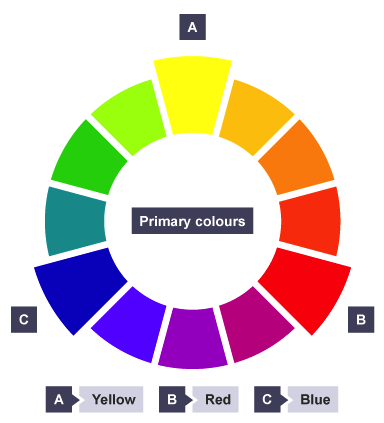
These are called the three primary hues because they are pure, they cannot be created by mixing other colors. Together they are called a primary color harmony.
Old Master primary color harmony paintings
You tend not to see primary color schemes in Old Master paintings, but they were widely used during the abstract art movement. Piet Mondrian and Mark Rothko both used primary colors in a lot of their paintings.
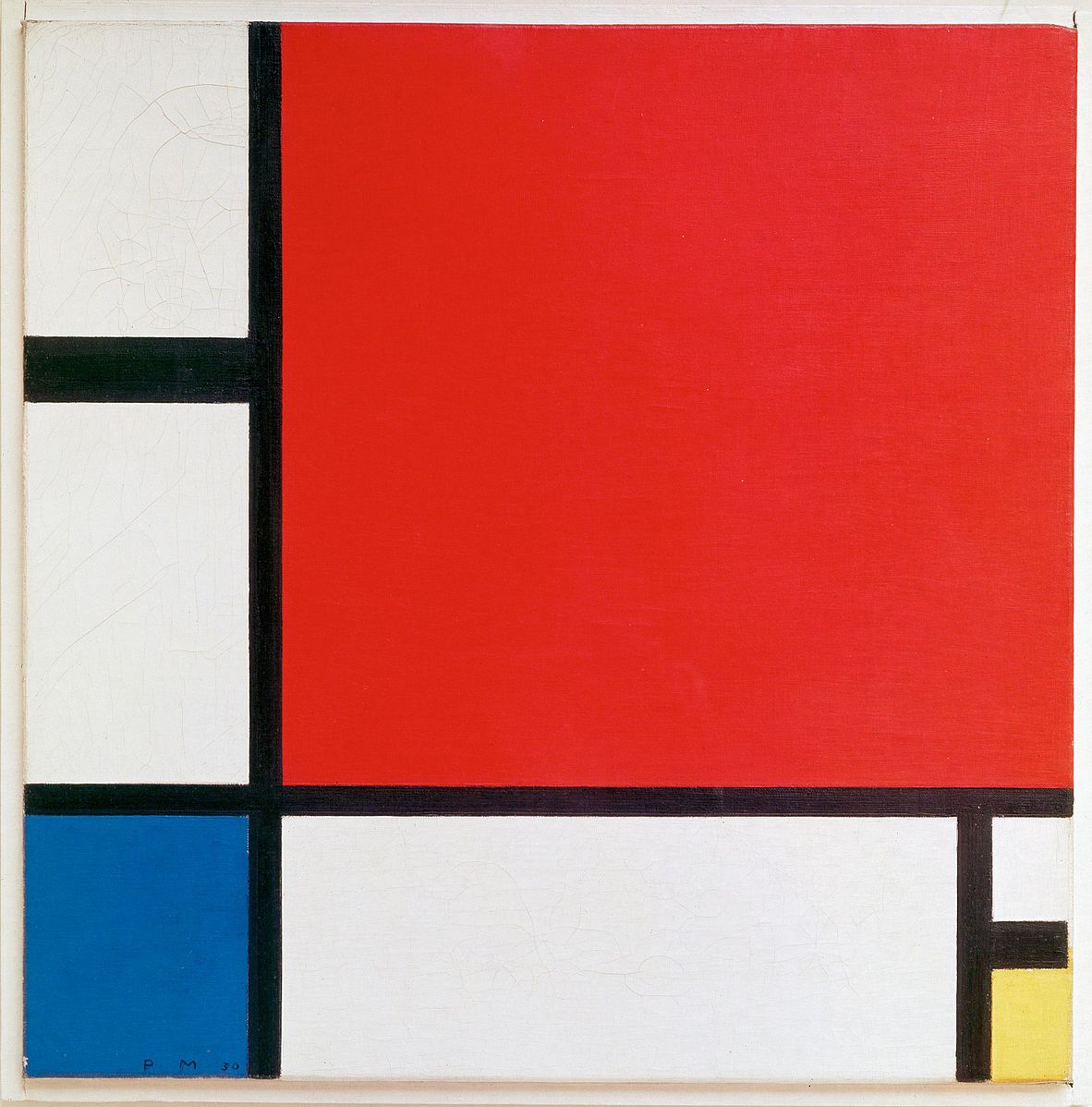
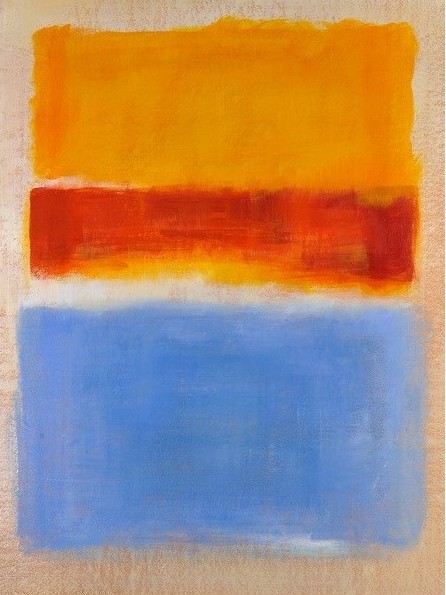
Secondary colors
Secondary colors are created by mixing the primary colors in equal parts. There are three secondary colors. Orange (YR), Green (G), and Purple (P).
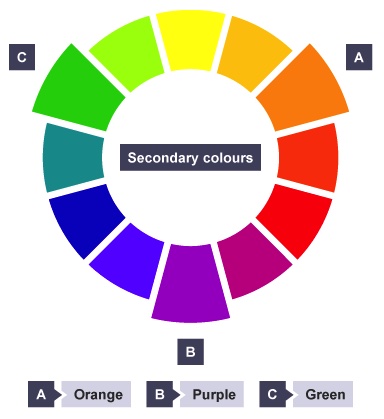
Orange is created by mixing red and yellow colors. Green is made by mixing yellow and blue colors. The third and last secondary color is purple which is created by mixing red and blue.
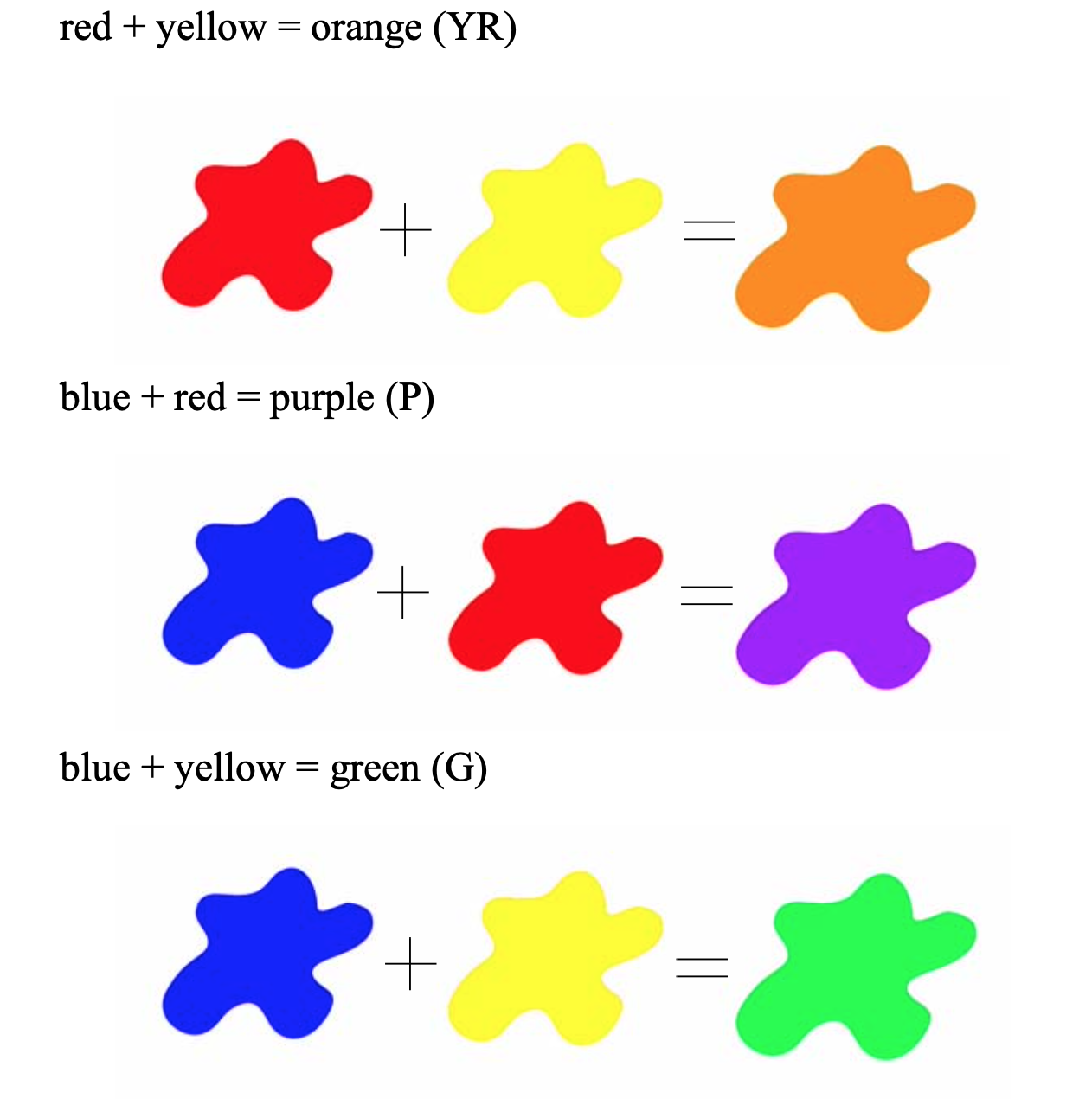
These colors are known as a secondary color harmony.
Old Master secondary color harmony paintings
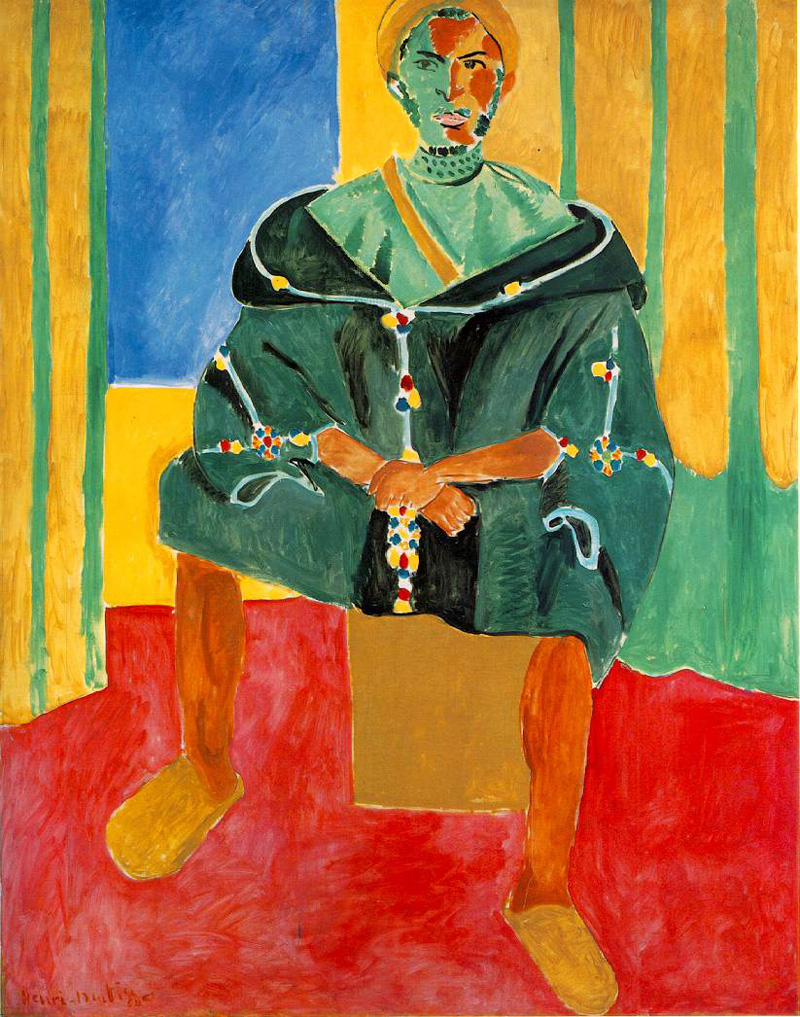
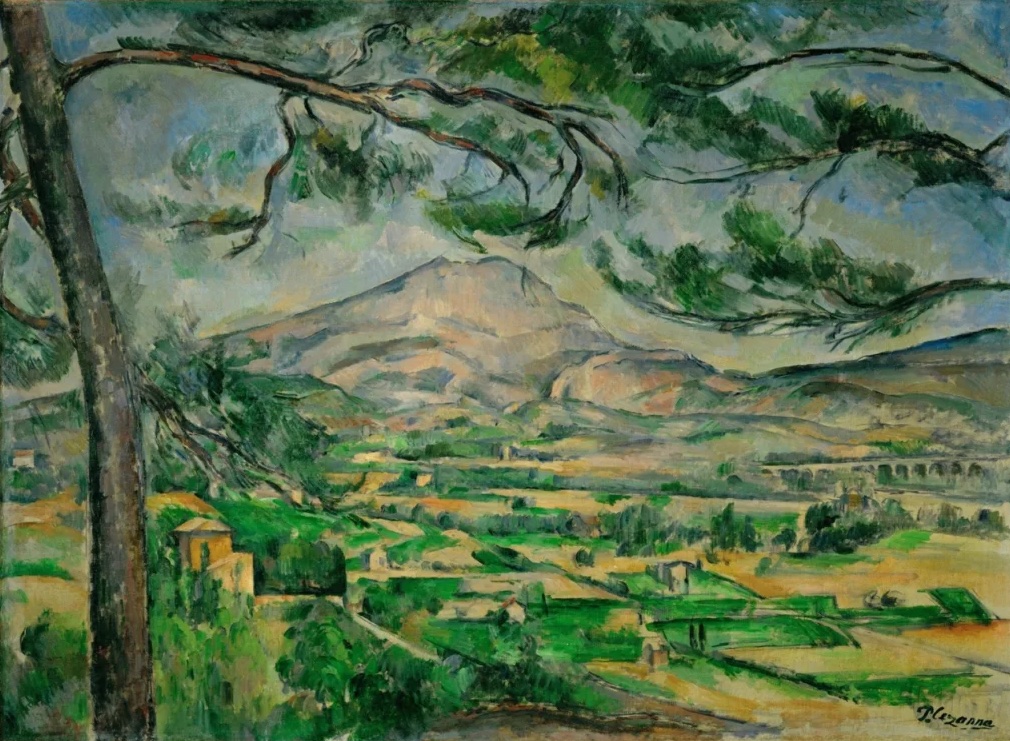
Tertiary Colors
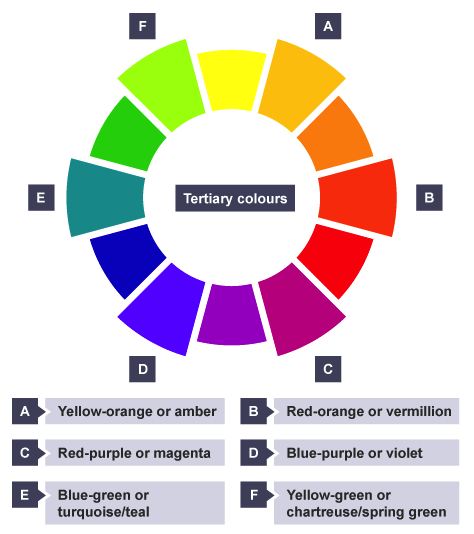
Tertiary colors are the third level of hue. They are made by mixing equal parts of one primary and one secondary hue, and are named after the parent hues. For example: yellow plus green makes yellow-green (YG), red plus purple makes red-purple (RP) and so on.
The tertiary color harmony has 12 tertiary colors. The three primary and three secondary colors, plus blue-green, blue-purple, red-orange, red-purple, yellow-green, and yellow-orange.
Old Master tertiary color harmony paintings
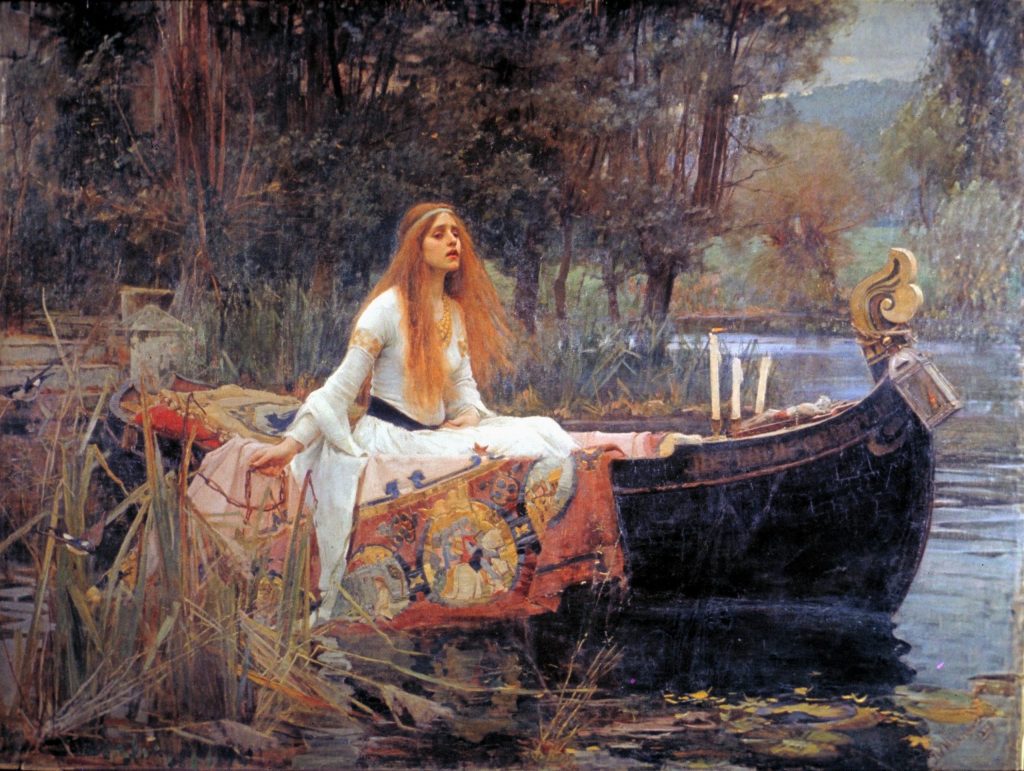
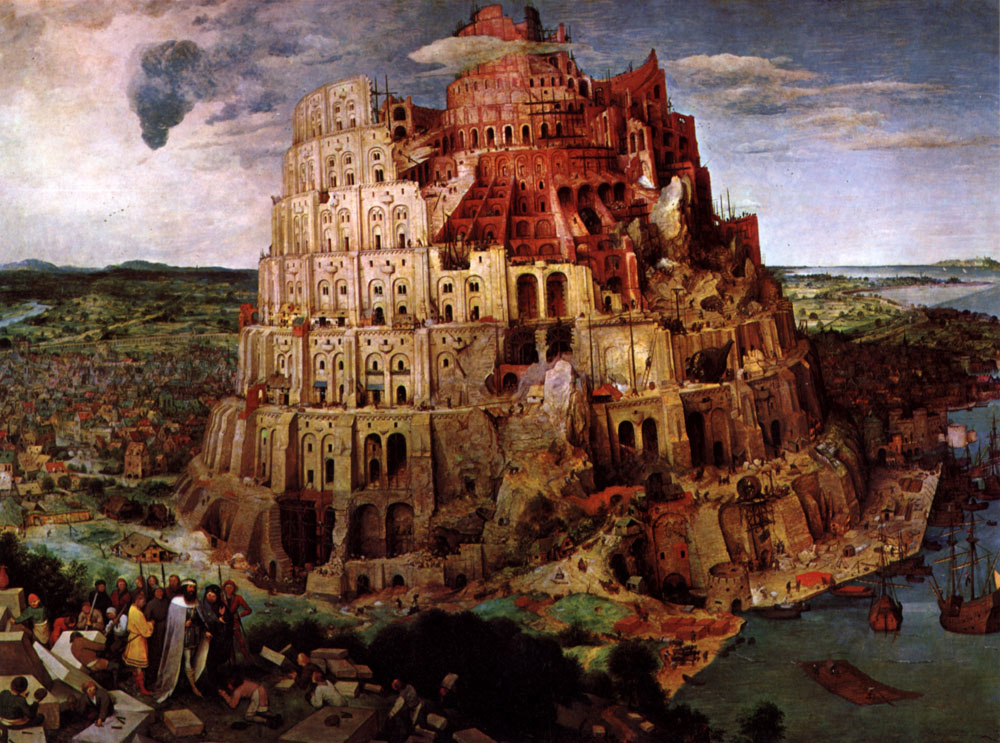
Advanced color schemes in art
We have already seen the three Balanced color schemes (primary, secondary, and tertiary). Here are three more important color schemes in art for beginners.
Complementary color harmonies
Complementary color harmonies and hybrids of these harmonies are probably the most important harmonies of all. This is because a fundamental aspect of painting involves the contrast of opposites: warm against cool, light against dark, loose against tight, large against small, and so on. When you place complementary colors next to each other, you create a very strong contrast where the colors appear more vivid and brighter.

The above diagram illustrates the Basic Complementary harmony, which consists of two hues opposite each other on the color wheel.
Split complementary color harmonies

This is a split complementary harmony, where one of the two complementary hues is replaced by the two hues immediately either side of it on the color wheel. For example, the split of the yellow-violet complementary harmony is the yellow-red violet-blue violet split complementary. Conversely you can keep the violet and use the violet-yellow orange-yellow green split complementary harmony.
The use of complementaries adds excitement to a painting and is a means by which you can emphasize certain parts of the painting in order to communicate the main idea or concept of your painting.
Analogous color harmonies
Analogous harmonies use colors adjacent to each other on the color wheel, such as red, red-orange, and red-violet. These harmonies are simple to apply since all the hues are closely related.

Some more examples are:
- yellow, yellow-green, and green
- violet, red-violet, and red
- red, red-orange, and orange
- blue, blue-violet, and violet.
Analogous harmonies often convey a feeling of quiet and rest.
More about color harmonies
Color harmony derives partly from the relationship of hues to each other in a painting.
Color harmonies are commonly described using a color wheel. These wheels show the relationship of the hues. There are four major types of color harmonies you need to know about.
How to use these charts
Do not use these charts while painting unless you are using them purely as a learning exercise – it will kill your spontaneity. The best way to use these charts is when you are sitting in a comfortable chair looking at your paintings and wondering why the painting is not working. Get the charts out and see if you can match your painting fairly closely to one of the charts, with only one color missing. If you can do that, you may have found the missing color that could solve your painting problem.
Balanced harmonies use colors evenly spaced around the color wheel. The number of colors is usually three (a triad) or four (a tetrad).
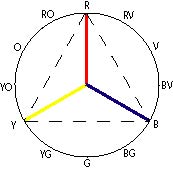
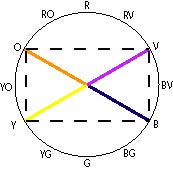
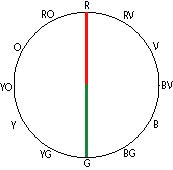
Complementary harmonies use colors opposite each other on the color wheel, such as red and green.
The double split complementary scheme is possibly the most useful of these harmonies.
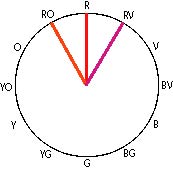
Analogous harmonies use colors adjacent to each other on the color wheel, such as red, red-orange, and red-violet.
This category has limited use because there is not enough contrast between the colors.
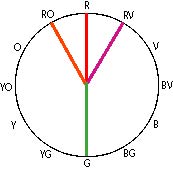
This category is a hybrid of the analogous and complementary harmonies.
This particularly interesting and useful harmony uses a series of analogous colors that are balanced by the color that is complementary to the central color of the analogous group.
To learn more
To learn more about the different color harmonies and how to use them, see
- the lessons on Color in the Virtual Art Academy® Apprentice Program.
- Wikipedia Color Schemes
Thank You
Thank you for taking the time to read this article. I hope you find it useful. If you would like to get free painting tips by email, please sign up for my free tips newsletter.
If you are interested in a structured approach for learning how to paint, take a look at my online painting classes.
Happy painting!
Barry John Raybould
Virtual Art Academy
What The Students Are Saying
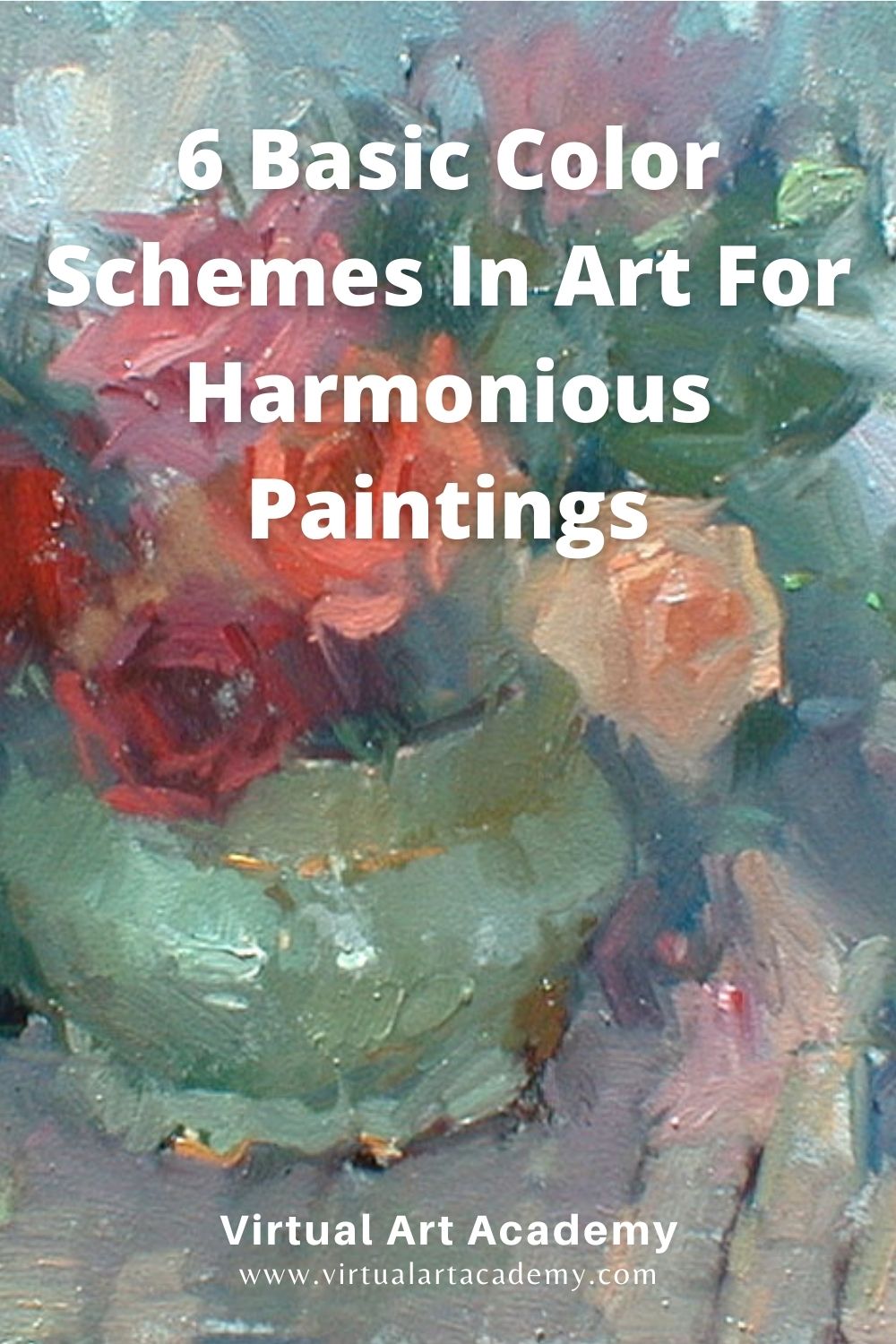
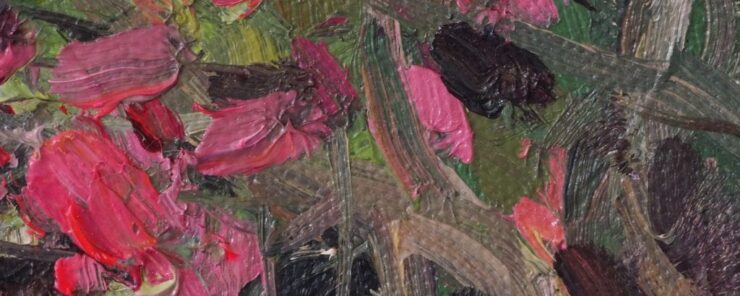











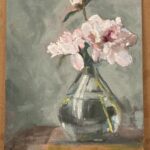













Which colours did you use to produce the picture at the top?
Is the scheme based on the last diagram above?
Yes Bernice, you are right. The basic color scheme on that top painting is the hybrid of analogous reds, and its complementary, green.
great article. I cannot see any of the photographs. Instead there is a blank space occupied by a small question mark. Any idea what the problem may be? Thanks again for the article.
what device and operating system were you using? I know old iphones or old versions of Safari sometimes don’t work well.